FILE – In this May 15, 2020, file photo, a father holds his son near the famed Hollywood sign during the coronavirus outbreak in Los Angeles. (AP Photo/Mark J. Terrill, File)
There will come a day — maybe even a day in the next few months — when Americans wake up, emerge from their homes, cast away their masks and resume their lives. On that day, the Great Coronavirus Pandemic of 2020-21 will be over.
Ridiculous, right? A consummation devoutly to be wished, but highly unlikely.
Here’s the problem with anticipating the end of the pandemic: No one is sure just what that ending will look like or when it will arrive — or even if we’ll know it when we see it.
Will it be when most of the country is vaccinated? When schools all reconvene safely? When hospitals’ COVID beds are empty? When American ballparks are full for a summer baseball game? When Disneyland reopens? When wearing a mask seems weird again?
“I don’t know that I see a specific ending,” says Erica Rhodes, a comedian in Los Angeles who has found unique ways to perform through the pandemic. “I don’t foresee a moment in time when I say, ‘Oh, everything’s exactly as it was.’”
The kind of finish that the coronavirus has in store for weary Americans has no distinct ending. That’s a hard pill to swallow for a nation long trained — in some cases quite literally — to expect well-defined and often optimistic conclusions to tortuous sagas.
“Finding light in the darkness is a very American thing to do,” President Joe Biden said this month. “In fact,” he said, “it may be the most American thing we do.”
Trouble is, the actual world often doesn’t comply. Sure, movies are free to be like “Independence Day,” where a ragged band of Americans led by Will Smith vanquishes the invading enemy. Real life? More like the conclusion of “The Sopranos,” when all goes black, forever unresolved as Journey sings that “the movie never ends, it goes on and on and on and on.”
THE CLARITY OF ENDINGS
The American brand of ending — borrowed from Classical Greek storytelling, made industrial-strength over four generations by Hollywood and Madison Avenue — goes something like this: A story concludes with a specific resolution, usually after some action, good-guy heroics or big-time character development, and usually at a specific, discernible moment.
Are we heading toward that with the pandemic? Almost certainly not. And the gradual nature of things is gumming up the works, because it ain’t over till it’s over, and even then it might not be over.
“Not having that clarity, we are not accustomed to that,” says Phil Johnston, an Oscar-nominated screenwriter and director who worked on “Wreck-It Ralph” and “Zootopia.”
“I suppose everyone has made their own version of this movie’,” he says, offering his own: “I could see a series of dissolves over a long period of time. A guy leaves his house. He takes off his mask. He sits at a restaurant. And then it’s passage of time, this long montage and this guy sits and realizes,Oh, this is life. Life is back to normal.’”
All kinds of momentous things that today’s humans are enduring lack distinct endings. Climate change. The “war on terror.” Persisting racism and sexism and homophobia. Those stories ebb and flow, but since they’re not considered specific “events,” they’re often seen differently.
Something like the pandemic, though, despite its protracted nature, falls squarely into the public’s and media’s bucket of “an event,” and that comes with certain expectations. Among them is a discrete ending.
“We have this human tendency to structure our life events into plot points. It helps us create a world that’s more interpretable and more predictable,” says Kaitlin Fitzgerald, a doctoral candidate at the University at Buffalo, SUNY who studies the role emotion plays in how stories are consumed.
“But as we know in the real world, recovery is not a linear process and it doesn’t have an ending that’s clearly defined,” she says. “These popular media narratives, they portray it as happening over the course of minutes. That affects our expectations about how things should end. And when those expectations don’t (match) reality, it’s difficult.”
Elaine Paravati Harrigan, Fitzgerald’s research partner and a visiting assistant professor of psychology at Hamilton College, has dug into the same attitudes while teaching her “psychology in a pandemic” course this past year.
“Without some type of blueprint, we’re just living life. And that can be confusing and overwhelming,” she says. “If I can think there’s some sort of arc, some sort of blueprint that can help me understand my journey, it helps me find meaning in my day to day.”
NAVIGATING TOWARD THE END
Children have been a particular focus of this kind of attention over the past year as adults in their lives help them navigate toward a positive ending to the pandemic without offering false hope.
“Figuring out this endgame piece is really going to be a challenge for the adults in my opinion. And it’s going to be a challenge not to build the kids’ mindsets around it,” says Chuck Herring, the director of diversity, equity and inclusion at South Fayette School District near Pittsburgh.
“People keep talking about when it ends, when it’s ‘going back to normal.’ I tell them, it’s not GOING back to normal. At least, not like a lot of people are thinking,” Herring says.
Nevertheless, the notion of an ending exists for a reason: People need markers in their lives to show that they’ve experienced things, that they’re moving from one phase to another, that there’s somehow meaning in what they endure.
That’s why Jennifer Talarico, who studies how people remember personally experienced events, suggests that even if there’s no actual moment when the pandemic ends, finding a way to mark it is important nonetheless.
“I think of V-E Day or V-J Day. That’s clearly not the end of the war; it took longer than that. But we have these days where there was big communal celebration,” says Talarico, a psychology professor at Lafayette College in Pennsylvania.
“We build relationships based on commonality even though your story and my story are unique and might not have been shared at the time. The sharing of the story becomes the way we know one another,” she says. “So, `Where did you go for remembrance day or Pandemicpalooza or whatever?’, telling that story for younger generations years later can be a communal moment.”
In the end, as it were, managing expectations of a pandemic conclusion is an exercise in deferral, in coping with day-to-day life without losing sight of the big things that might get better. Remembering the lost. Anchoring yourself in the details, while not losing the larger plot. Creating meaning. A lot, one might say, like a movie.
We’ll leave you, then, with two quotations, uttered a half-century years apart by two very different writers.
The first comes from the little narrator of “When the Pandemic Ends,” a 2020 children’s book by Iesha Mason: “I’ll be so happy once we make it out of this crisis,” she says.
The second comes from science-fiction writer Frank Herbert: “There is no real ending,” he said. “It’s just the place where you stop the story.”
Which, for the purposes of our story about endings, is right here. Even as the pandemic’s story rolls on.
Ted Anthony, director of digital innovation at The Associated Press, has been writing about American culture since 1990.
Copyright 2020 Associated Press. All rights reserved.
Source: https://apnews.com/article/us-news-coronavirus-pandemic-e311cadbb86f7165e7d21498548c1768




















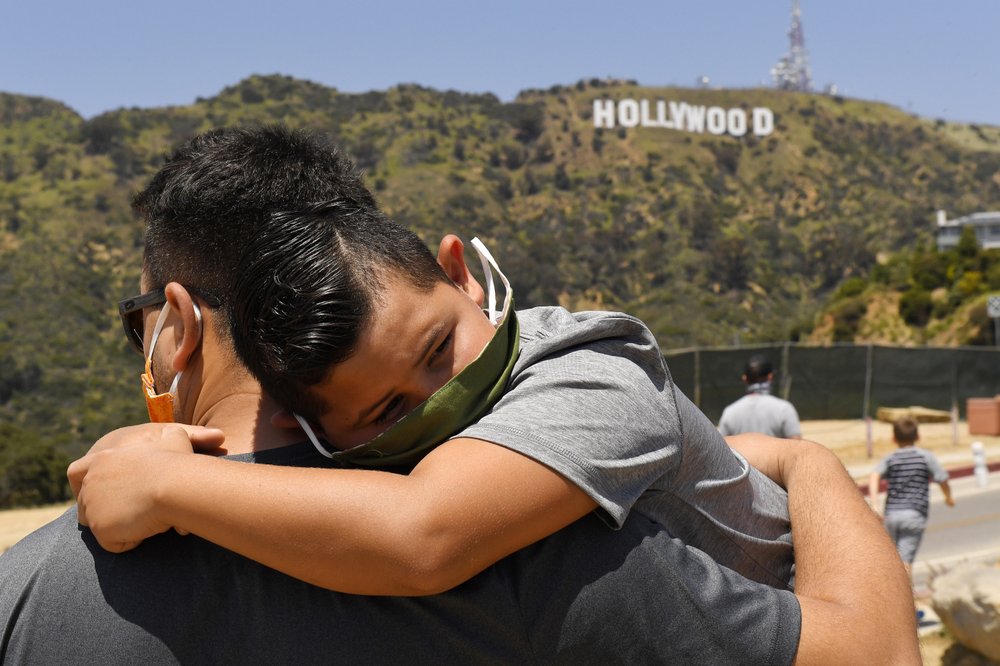

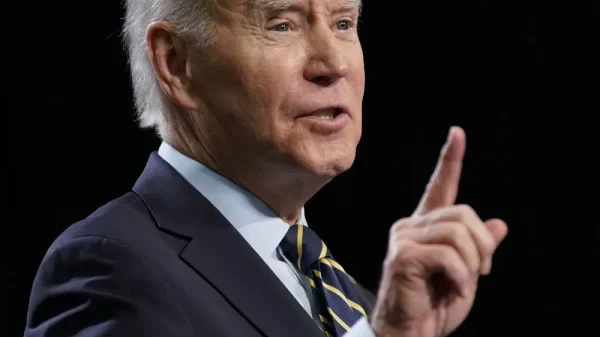
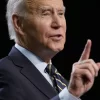
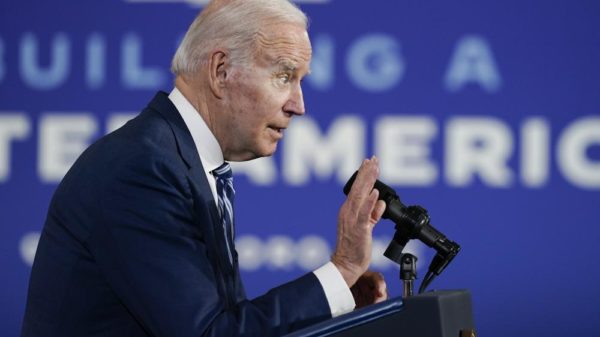

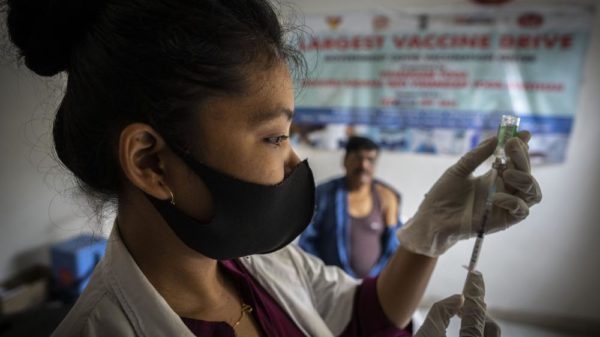

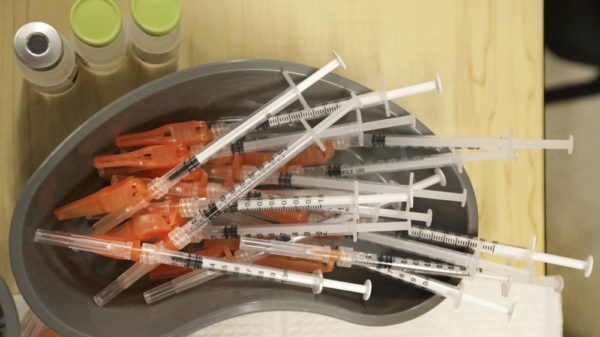

You must be logged in to post a comment Login